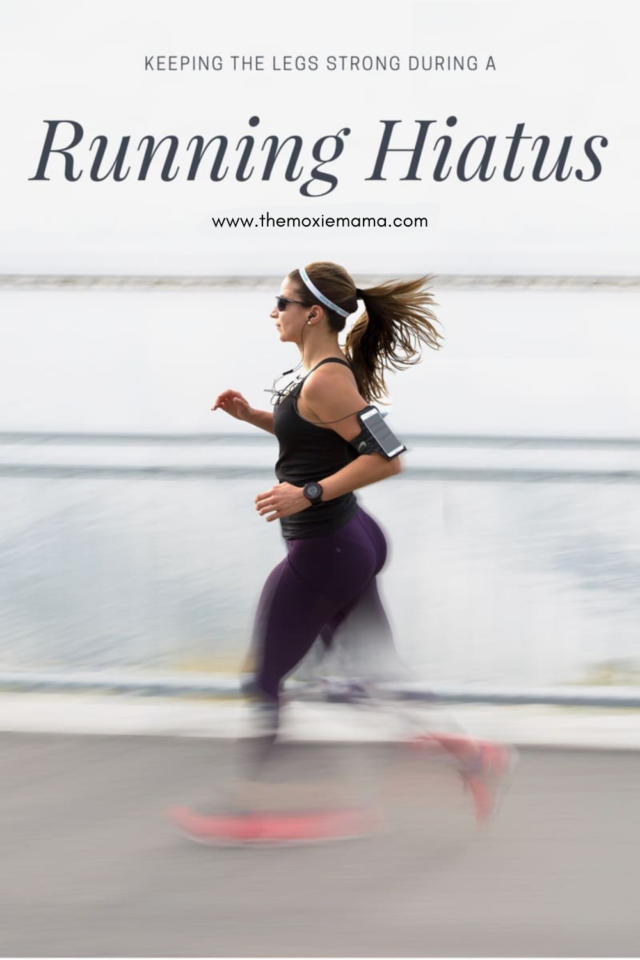 Runners often have pain or injuries to their hips, thighs, ankle, foot and shin. Running injuries are associated with inadequate core strength, poor flexibility and overuse. Occasionally, seasoned and beginning runners are required to take a hiatus from running.
Runners often have pain or injuries to their hips, thighs, ankle, foot and shin. Running injuries are associated with inadequate core strength, poor flexibility and overuse. Occasionally, seasoned and beginning runners are required to take a hiatus from running.
Taking a layoff from running helps your muscles, connective tissues and bones heal from the stresses of running. Many runners wonder how they can maintain strength and slim legs during a long layoff from running. Always consult your doctor prior to resuming exercises after a layoff from running.
Lift Some Weight
Resistance training is an excellent method to keeping the lower extremities in shape during a running hiatus. You can incorporate variety into your exercise program with leg exercises to strengthen and increase lean muscle of your quadriceps, hamstrings, hips, calf and shin muscles. In fact, according to Runner’s World, resistance training adds muscle which will improve your speed.
Try Walking
Low impact walking can also keep the legs toned after a running hiatus. Taking brisk walks can help your body to create modifications that strengthen and tone your legs. Incline walking can also increase the strength and tone in your legs—especially the quadriceps, hamstring, gluteal and lower leg muscles. Walking gives your leg muscles and joints a rest from the impact of running while assisting in recovery after a running layoff.
Around We Go
Elliptical machines provide a low impact workout that does not stress the joints in the lower extremity. Using an elliptical trainer can replicate the motion of running without the higher impact stress keeping the running muscles strong and toned, says Harvard University. In addition, the elliptical can help you maintain your aerobic strength while you are on and after your layoff from running.
Ride Your Bike
Bicycling is also an excellent low impact activity that can keep the legs toned in addition to maintaining cardiovascular endurance. Cycling specifically works the quadriceps, hamstring, gluteal, calf and adductor muscles. Cycling takes little to no training and is offers a fantastic cardiovascular workout. In fact, cycling intervals can be just as cardiovascular challenging as running with less recovery time needed. Even if you are indoor cycling, you can keep off unwanted pounds and maintain a good fitness baseline.
Oh, Stretch!
Yoga is well known for their leg slimming benefits. As stated in the article “Yoga for Runners: 3 Poses You Should Practice”, a good yoga practice should comprise of flexibility, strengthening and core stabilization poses. Yoga poses such as Big Toe Pose, Chair Pose, Downward-Facing Dog and Extended Side Angle Pose can not only stretch the muscles of the legs but can also strengthen and tone them, as well.
Make a Splash
The advantages of swimming are many, noteworthy, and unquestionable. Swimming can benefit to people those with running injuries that require the runner to take an extended layoff. Swimming is known for its cardiovascular as well as toning benefits. Water offers resistance in a zero-impact setting supporting recovery efforts. Swimming can assist you in increasing leg strength and flexibility as well as maintain cardiovascular fitness without risking injury, says Human Kinetics.


